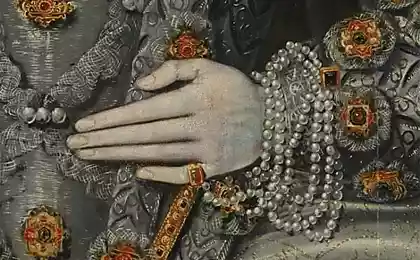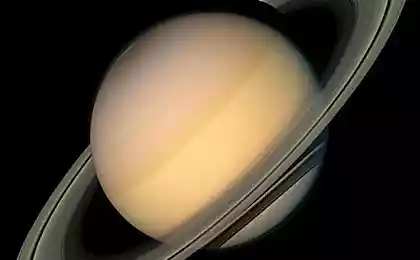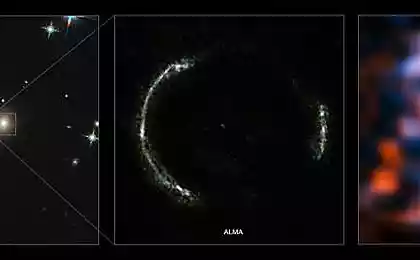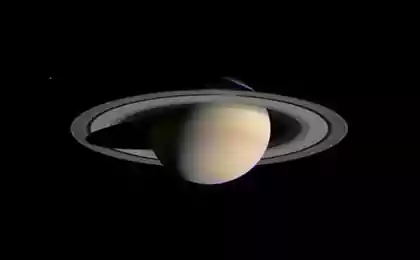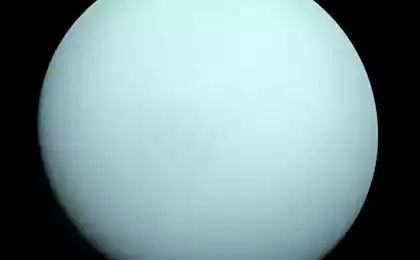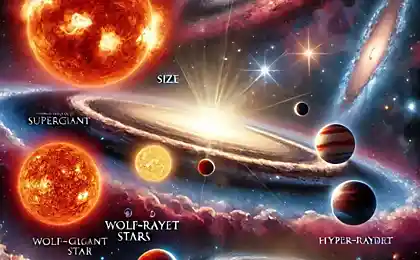1549
Ring in the protoplanetary disk of young stars may indicate the formation of planets
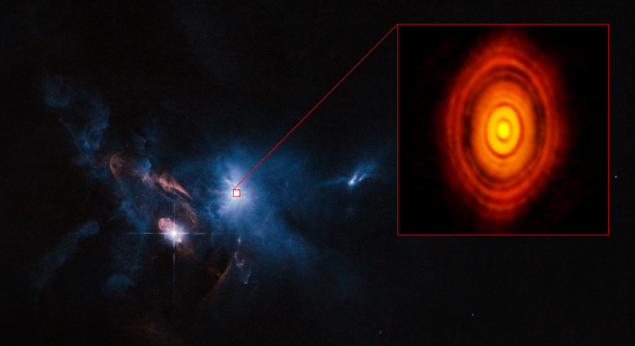
The constellation Taurus, the system HL Tau. Photo: Hubble. I>
Since late last year the astronomical world is actively discussing the unique image obtained from the Chilean Observatory using the Atacama Large Millimeter / submillimeter lattices ( ALMA ) , сообщает extremetech.com . It shows clear gaps in the protoplanetary disk around the star HL Tau. In the analysis of the image of astronomers opinions were divided: some believe that these gaps are evidence of an early stage of formation of the protoplanetary nebula planets around a star, while others believe that this system is stable and the planets can not be. A team of astronomers led by Daniel Tamayo from the University of Toronto thinks that this image shows us the early stage of planet formation. Much points to the fact that he and his colleagues are right.
By the standards of the star HL Tau is very young: her age according to various estimates ranging from one hundred thousand to one million years. Located at a distance of a star 450 light-years from Earth in the constellation Taurus. The image taken ALMA in October 2014, was the result of a calibration device, that is, in fact, it was obtained by chance. None of the astronomers did not expect to obtain images of the star HL Tau in such high quality. Who is the best picture star ever recorded.
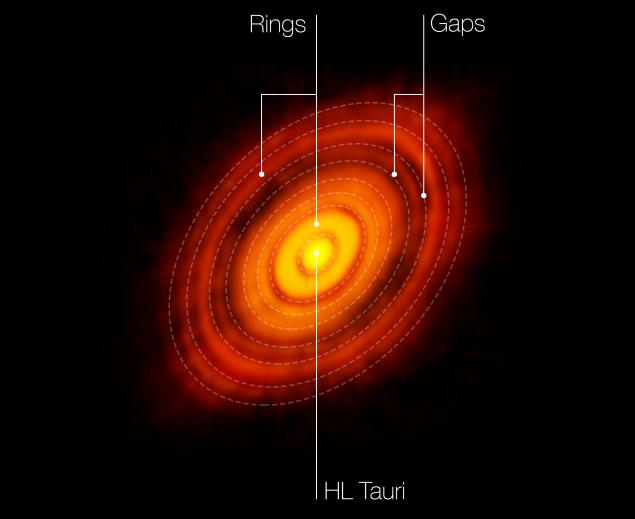
System HL Tau. Clickable. I>
Daniel, like many other scientists, was initially skeptical of the idea that the image captured by ALMA, reflecting the early stage of planet formation in the protoplanetary disk. We know that large planets during their formation as if "cut out" the ring of emptiness in the gas cloud around the star, but in the pictures the star HL Tau these rings are too close to each other. For example, our solar system, the orbits of the gas giants are at great distances from each other, which excludes significant gravitational interaction between them.
First Tamayo modeled a similar system to gas giants the size of Saturn and more, however, the results have shown a strong gravitational interaction between planets, which would lead to their decayed.
Model non-resonant system. I>
These data absolutely not fit into the pattern obtained using ALMA. The researcher did not stop at the negative result and continued its work on modeling. This time was chosen as "resonance" configuration of the star system and the image obtained by the Chilean Observatory was to make sense.
Model resonant system. I>
The essence of the resonance of the system is that the planet may have orbits that are very close to each other, or even overlap in certain places, but the speed of rotation of the planets around the world is that they never gravitationally interact with each other. A striking example: the planet Pluto and Neptune in our system. They have a point of intersection of the orbit, but orbit the star at such a rate that over billions of years can each other seriously affected. Resonant model of HL Tau, created by Daniel Tamayo, is combined with the image obtained by ALMA. On the basis of its assumptions, even when all five planets have sizes of Saturn, with such a configuration, they can remain stable.
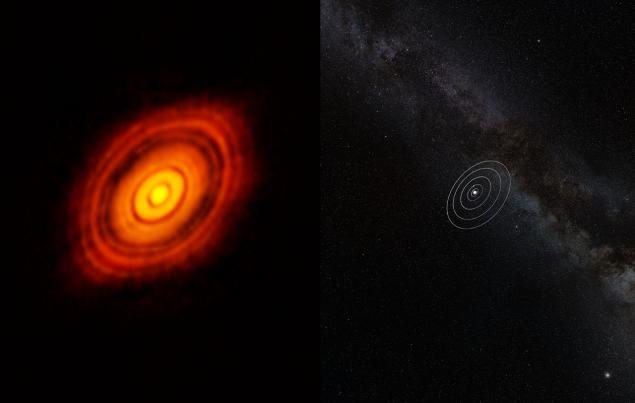
This image compares the size of the solar system and the protoplanetary disk of HL Tau. Although the investigated stars and much less our own, drive HL Tau is almost three times greater than the distance between the Sun and Neptune. Clickable. I>
Through research team Tamayo, empty ring in the protoplanetary disk around HL Tau, which we see in the picture ALMA, may be an indication of the presence of planets. But there is one big "but." Calculations simulating the resonance of the system were carried out taking into account the gravitational interaction with protoplanetary disk. Once it clears, the whole system of the gravitational interaction can "fall apart" and become non-resonant as the first video. It is likely that other systems have gone through such as the orbits of many planets are very similar, eccentric orbits. And our solar system may have formed easier.
Source: geektimes.ru/post/250120/
Company Fixstars introduced 2, 5-inch SSD capacity 6 TB
Social Network LinkedIn helped "light up" 27,000 employees of US intelligence



